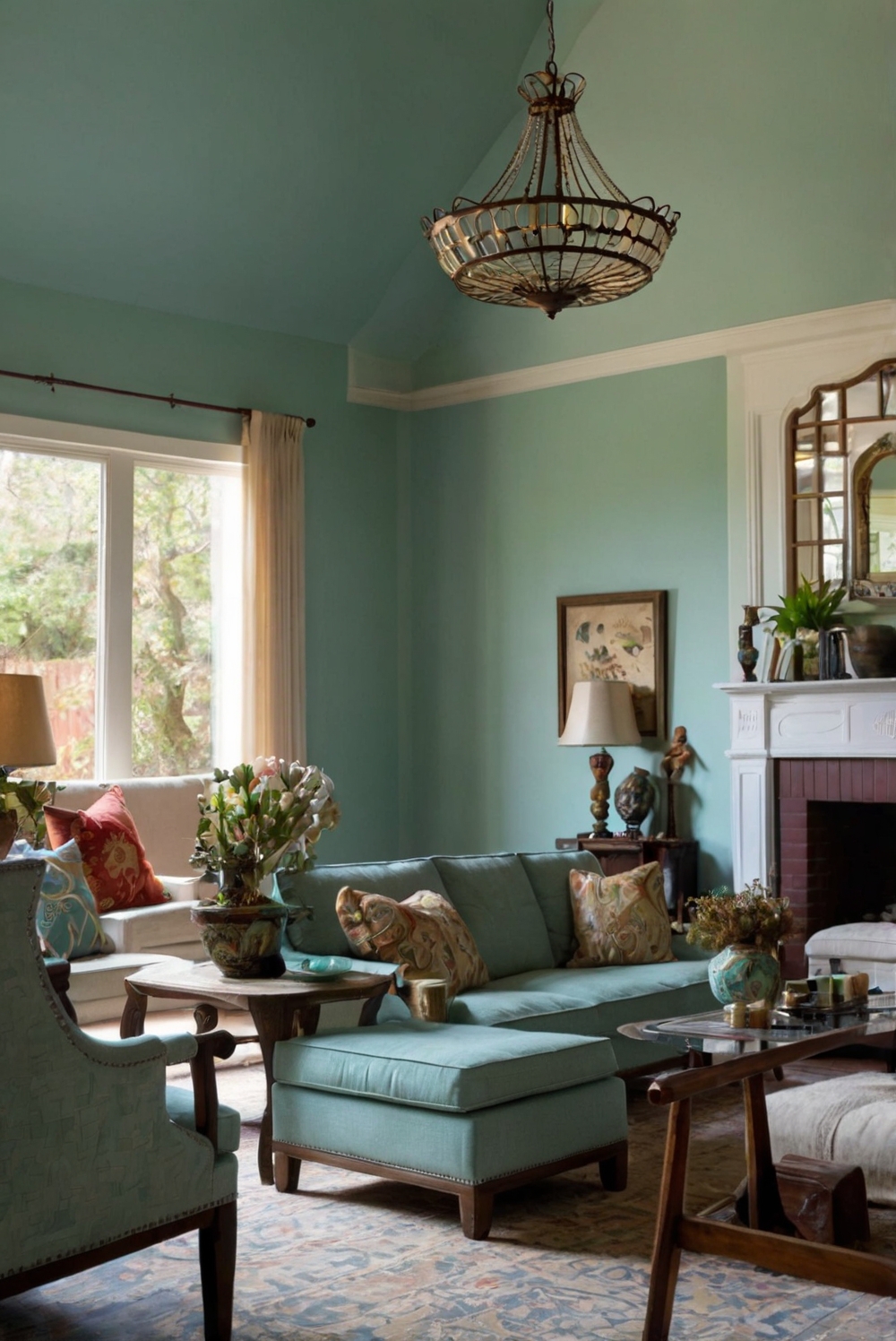Looking to elevate your living room decor? Discover how to expertly blend various furniture styles for a chic and harmonious space. Dive into our daily routine for interior design inspiration.
To mix and match different furniture styles in the living room, it’s essential to start by identifying a cohesive color palette or theme that ties everything together. Consider the scale and proportion of each piece to ensure they harmonize well in the room. To maintain balance, mix various styles but keep some elements consistent across the furniture pieces. Experiment with different textures and materials to add interest. Consider incorporating statement pieces or focal points to enhance the design. Remember to leave enough negative space to prevent the room from feeling cluttered. Be mindful of the flow of the room and ensure each piece serves a purpose in the overall design. Regularly reassess the layout to make adjustments as needed to maintain a harmonious and inviting space.
How can you mix and match different furniture styles in the living room?
Start with a Neutral Base:
When mixing and matching different furniture styles in the living room, it is important to start with a neutral base. This can include a neutral-colored sofa or rug that will serve as a foundation for the rest of the room’s decor. A neutral base allows you to easily incorporate different furniture styles without overwhelming the space.
Choose a Dominant Style:
To create a cohesive look in your living room, choose a dominant style that will serve as the main theme. This could be modern, traditional, rustic, or eclectic. Once you have chosen a dominant style, you can then mix in pieces from other styles to add visual interest and personality to the space.
Blend Contrasting Elements:
Mixing and matching different furniture styles in the living room involves blending contrasting elements such as colors, textures, and shapes. For example, you can pair a sleek, modern coffee table with a plush, traditional sofa to create a dynamic and visually appealing space. Don’t be afraid to experiment with different combinations to find what works best for your taste.
Consider Scale and Proportion:
When mixing and matching furniture styles, it is essential to consider scale and proportion. Make sure that the pieces you choose are proportionate to the size of the room and to each other. For example, if you have a large sectional sofa, balance it out with a substantial coffee table and accent chairs to create a harmonious look.
Add Cohesive Elements:
To tie different furniture styles together in the living room, add cohesive elements such as matching accessories, artwork, or color schemes. This will help create a sense of unity in the space and prevent it from looking disjointed. Consider incorporating similar patterns or materials throughout the room to create a cohesive and harmonious design.
In conclusion, mixing and matching different furniture styles in the living room can be a fun and creative process. By starting with a neutral base, choosing a dominant style, blending contrasting elements, considering scale and proportion, and adding cohesive elements, you can create a unique and personalized space that reflects your individual style and personality. Experiment with different combinations and don’t be afraid to think outside the box to create a living room that is both functional and visually appealing.
1. What are some tips for mixing and matching different furniture styles in the living room?
To effectively mix and match different furniture styles in the living room, consider the overall color scheme, textures, and patterns. Start by selecting a dominant style or color palette to anchor the room. Then, add pieces from different styles that complement or contrast with the dominant style. Incorporate a variety of textures like wood, metal, and fabric to create visual interest. Mixing modern and traditional furniture can create a unique and eclectic look. Use accessories like rugs, throw pillows, and artwork to tie the different styles together.
2. How can you blend modern and traditional furniture styles in the living room?
Blending modern and traditional furniture styles in the living room can create a harmonious and balanced look. Start by choosing a focal point, such as a modern sofa or a traditional coffee table, to anchor the room. Mix and match pieces from both styles, ensuring they complement each other in terms of scale and proportion. Consider incorporating transitional pieces that bridge the gap between modern and traditional styles. Use a cohesive color palette to tie the different furniture pieces together and create a cohesive look.
3. What are some popular furniture styles that can be mixed and matched in the living room?
Popular furniture styles that can be mixed and matched in the living room include mid-century modern, industrial, Scandinavian, farmhouse, and bohemian. Each style brings its unique aesthetic and character to the space, allowing for a creative and personalized design. Mixing these styles can create a dynamic and visually appealing living room that reflects your personality and tastes. Experiment with different combinations of furniture styles to find a mix that suits your preferences and complements your existing decor.
4. How can you create a cohesive look when mixing and matching different furniture styles in the living room?
To create a cohesive look when mixing and matching different furniture styles in the living room, focus on creating a sense of balance and unity. Start by choosing a unifying element, such as a color scheme, texture, or pattern, that ties the different furniture pieces together. Consider the scale and proportion of each piece to ensure they work harmoniously in the space. Use accessories like rugs, curtains, and decor items to create continuity and cohesion. By paying attention to these details, you can achieve a cohesive and well-curated look when mixing and matching furniture styles in the living room.
5. What are some common mistakes to avoid when mixing and matching different furniture styles in the living room?
When mixing and matching different furniture styles in the living room, it’s important to avoid some common mistakes that can disrupt the overall design. One common mistake is overcrowding the space with too many furniture pieces from different styles. This can make the room feel cluttered and overwhelming. Another mistake is ignoring the scale and proportion of the furniture pieces, which can lead to an unbalanced and disjointed look. Additionally, neglecting to create a cohesive color scheme or theme can result in a disjointed and chaotic design. To avoid these mistakes, carefully plan and curate the mix of furniture styles in the living room to create a harmonious and visually appealing space.




